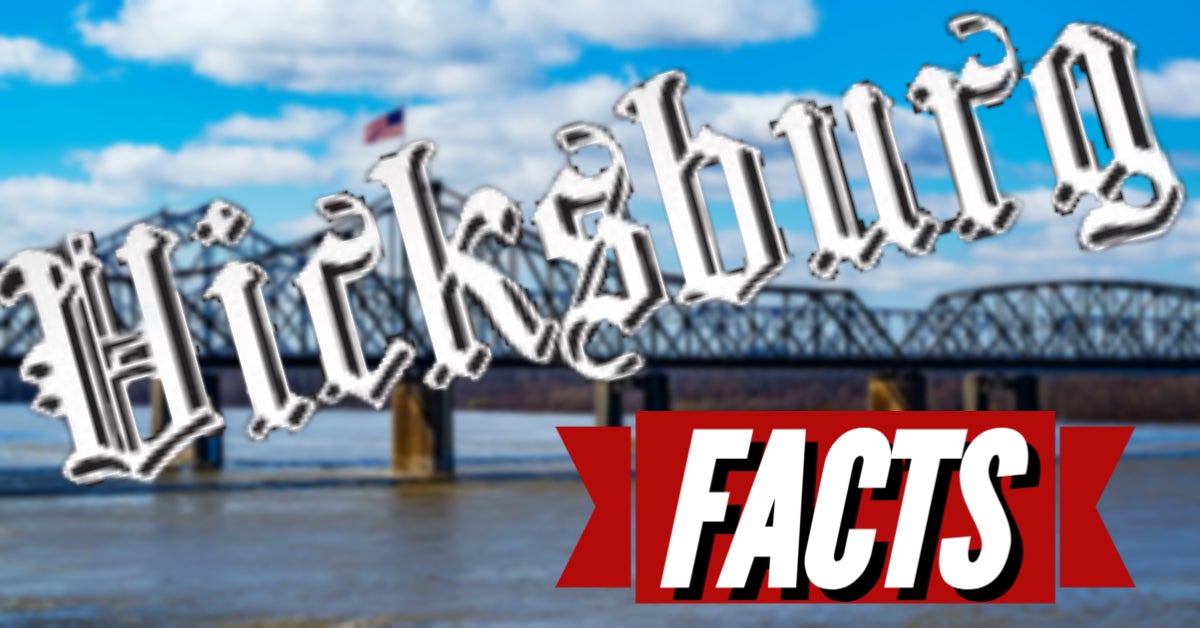VICKSBURG FACTS: The transition from streetcars to buses in Vicksburg
Published 8:00 am Friday, July 15, 2022
By Vera Ann Fedell | The Vicksburg Post
When were streetcars phased out in Vicksburg?
On July 12, 1932, the citizens of Vicksburg put to a vote the decision to substitute the streetcars for buses. On the following day, it was announced that “a vote of 724 to 80 local citizens decided in favor of buses,” according to the 1932 Vicksburg Evening Post.
Since 1899, streetcars, also known as trolleys, had been the primary means of transportation in the city. However, the people of Vicksburg were being encouraged to vote for the bus system, since many other cities were moving in that direction.
Before the voting, the Vicksburg Evening Post wrote an article about the added benefits of having buses. It was stated that buses have a faster schedule than streetcars, interfered less with traffic and did not have to wait for electrical switches to travel. The article also included the that in an event of the bus breaking down, it would be just one unit instead of an entire section like the streetcars.
After the vote, Mississippi Power and Light Company was given the authorization it needed to run the buses. Vicksburg’s plan was to start off with three buses on the Washington and Clay Street lines that were once used by the streetcars. The people of Vicksburg could expect the buses to arrive on Aug. 1, 1932, according to the Vicksburg Evening Post.
In August, Vicksburg Mayor J.C. Hamilton and the aldermen signed an ordinance that permitted the Mississippi Power and Light Company to change from streetcars to buses. The vice president and general manager of the Mississippi Power and Light Company, L.V. Sutton, was pleased with the ordinance and as a result established that the power company would pay the city the sum of $20,360 for street repairs and street maintenance, for the reconditioning of that portion of the street occupied by their tracks, as mentioned in the August 1932 Vicksburg Evening Post Edition.
Although the people voted for the new bus system, it was a while before the city was fully committed.
Seven years later, Vicksburg City Lines took over the operation of the bus lines from Mississippi Power and Light Company and completely stopped the operation of street cars. In 1939, Vicksburg received six new Yellow Coaches that were manufactured by General Motors Corporation. Each bus was able to accommodate up to 24 passengers. The added benefits to these new buses included steel construction, shatter-proof glass, better gas mileage and they were comfortable during the summer and winter months, which was a significant improvement from the first buses. Some other benefits were that the bus lines were noiseless compared to the streetcars and the bus had the ability to serve other parts of the city.
The citizens of Vicksburg were beginning to embrace the new buses, thanks to lowered street hazards. Now, by using only the bus system, every passenger would enter and exit from the sidewalk instead of the middle of the street.
Finally, Vicksburg was caught up with the rest of the cities and enjoyed safely riding all through the town.






